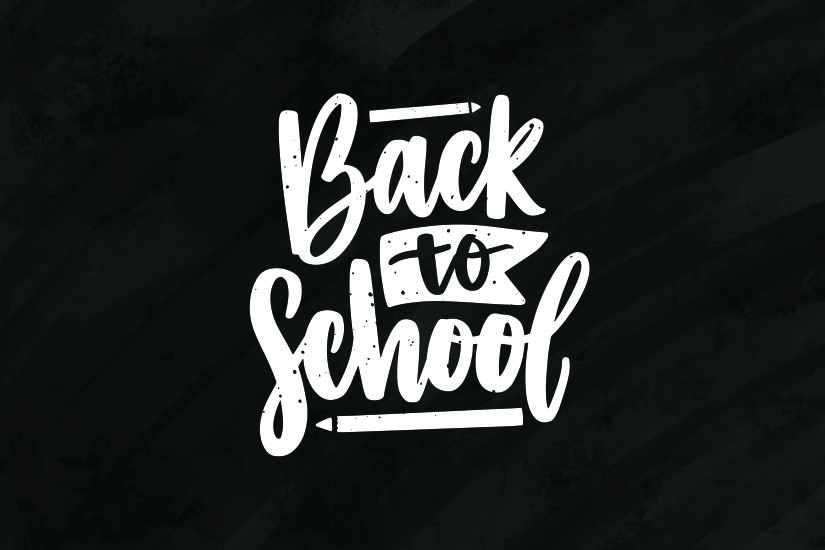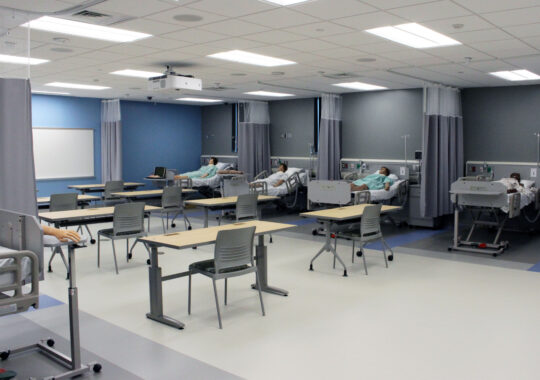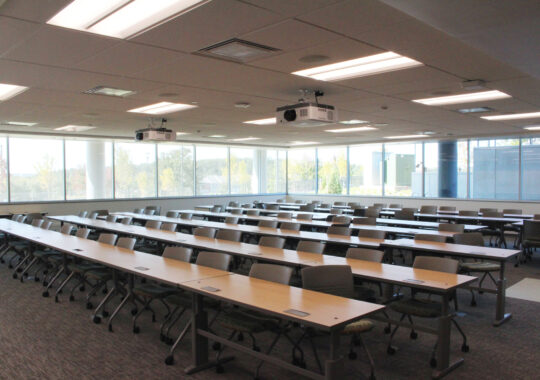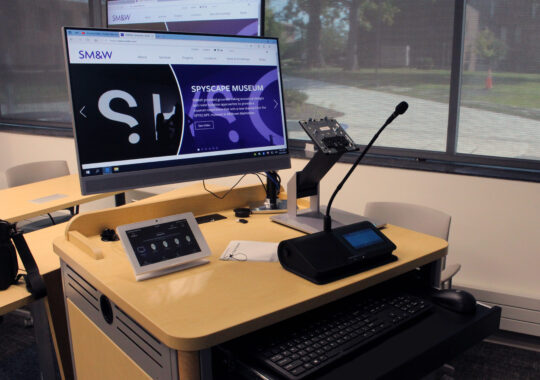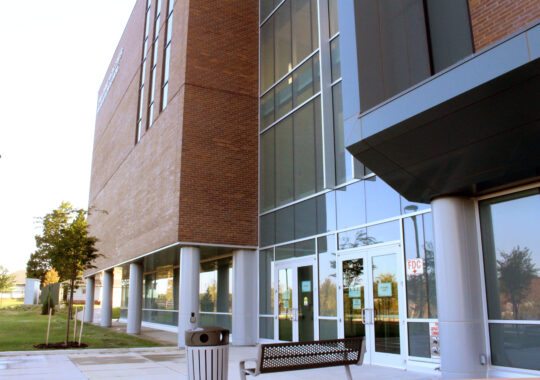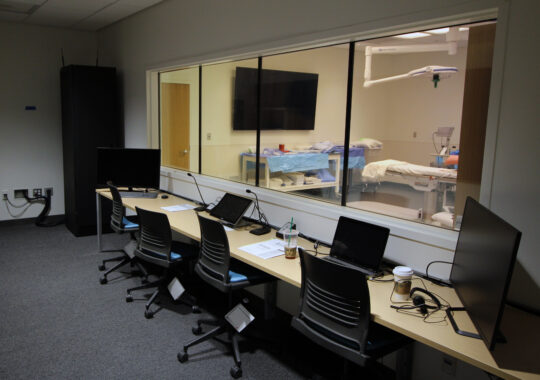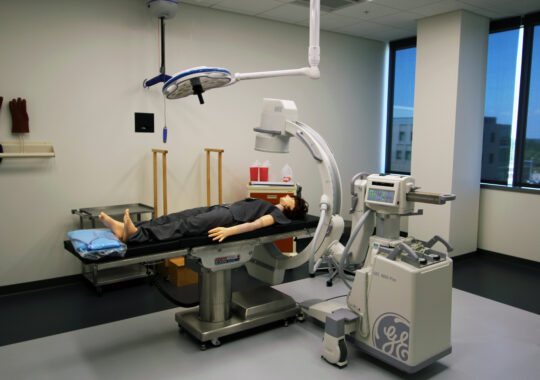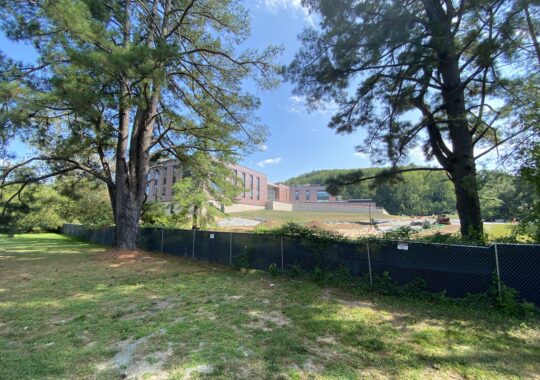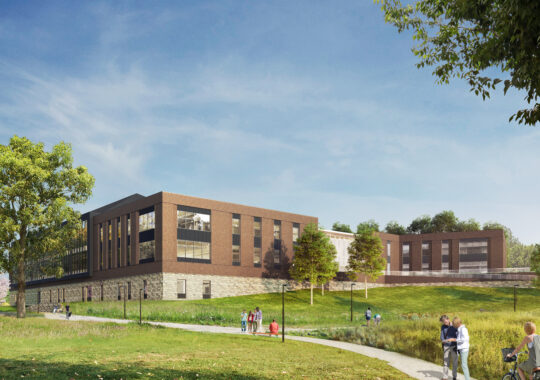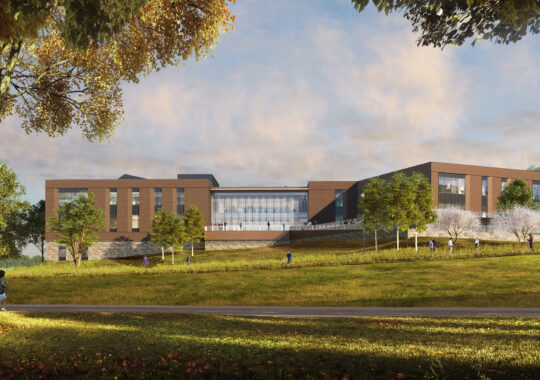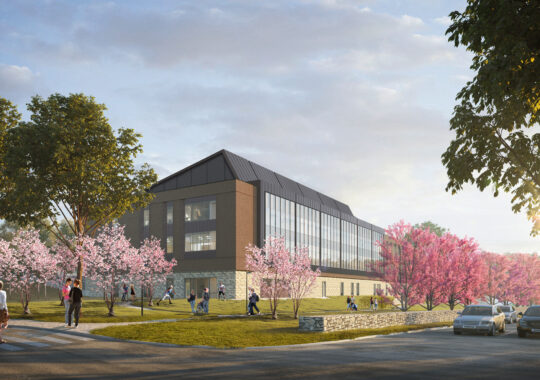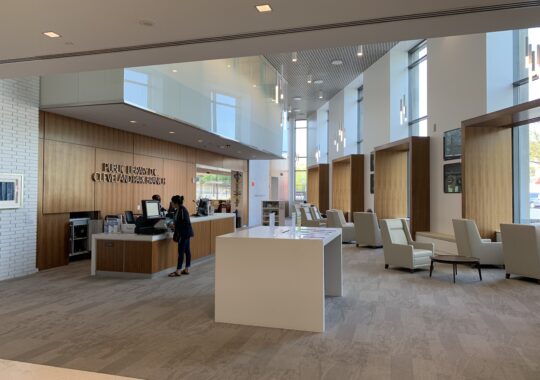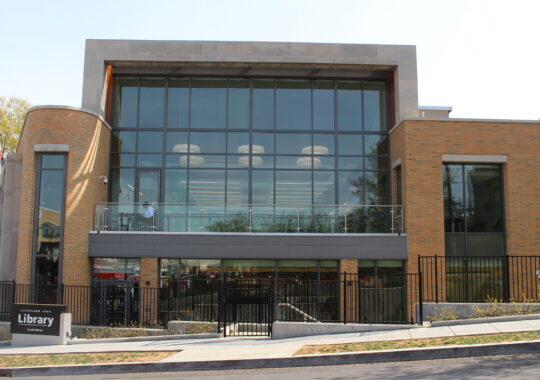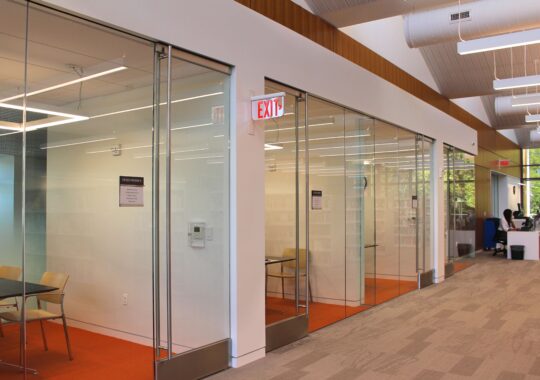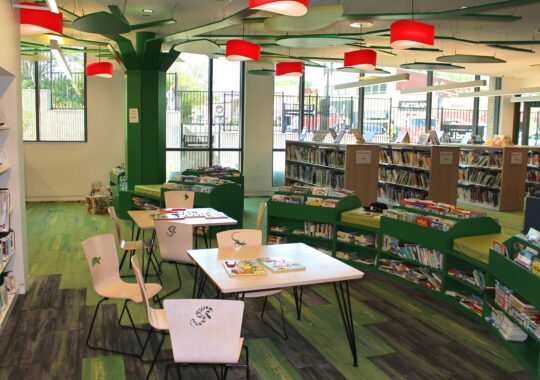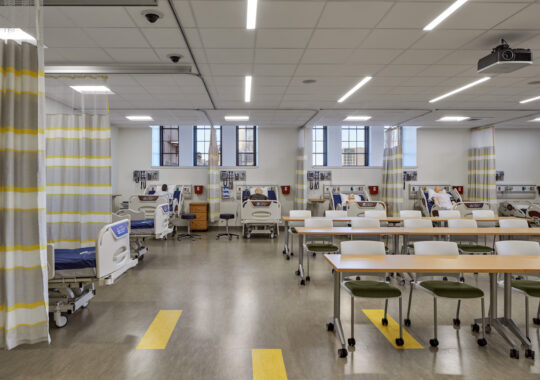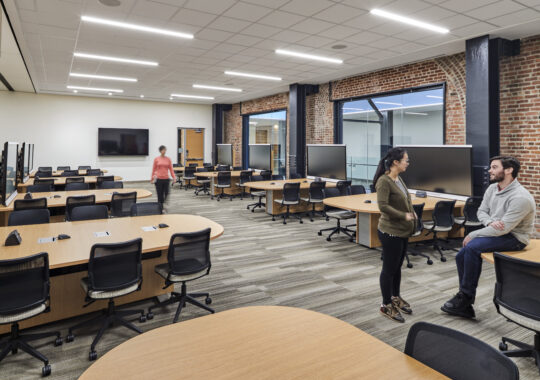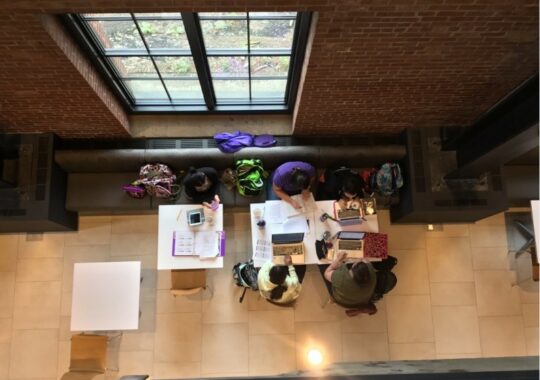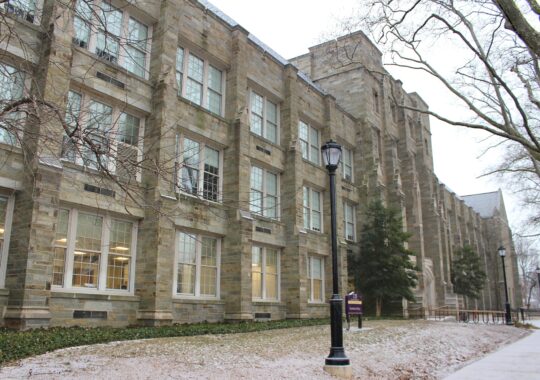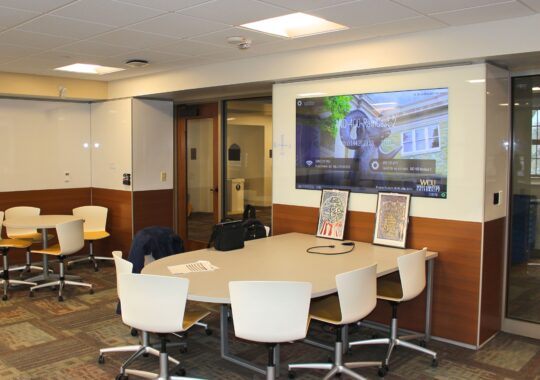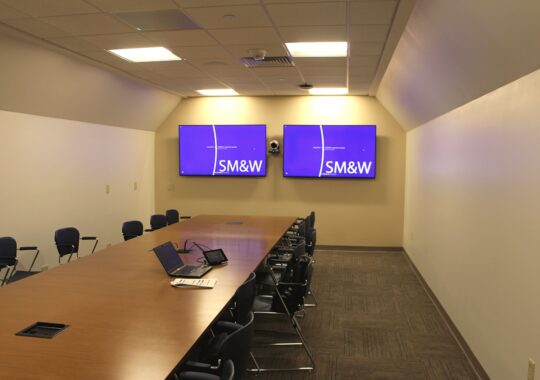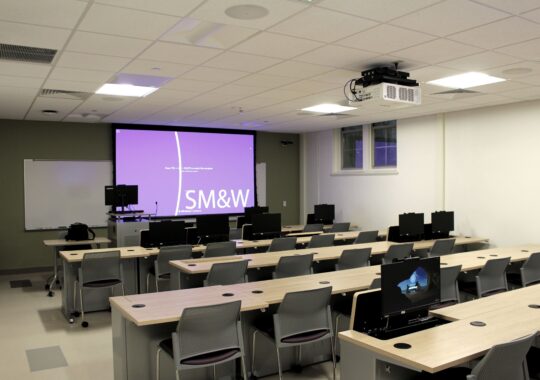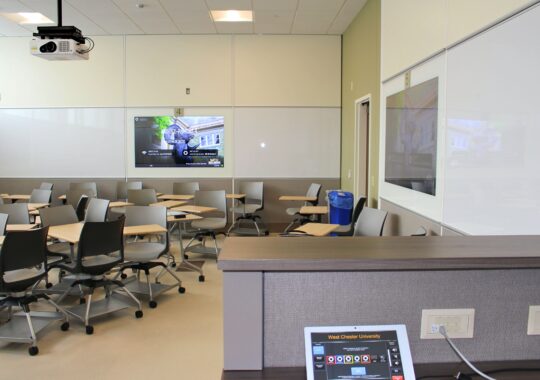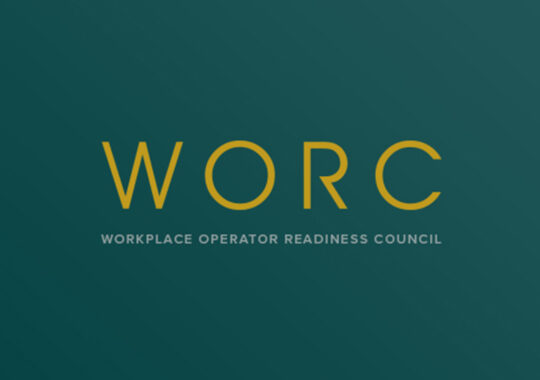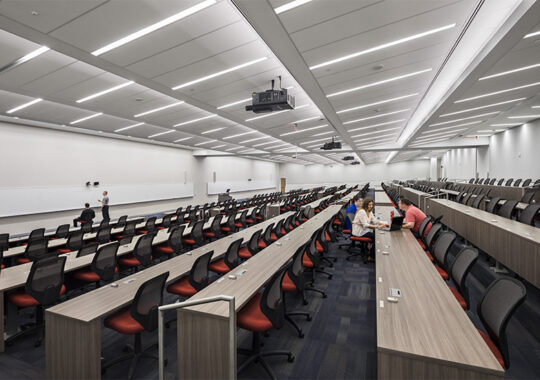Schools at all levels are facing tremendous educational challenges as the nation struggles with COVID-19. With the uncertainty of the virus’ spread and the timeline for potential vaccines, schools are scheduled to be in session before containment is provided. Boards of Education, Collegiate Presidents and Deans, and other educational decision makers are tasked with the daunting decision of how to safely and effectively educate millions of students. Technology may be the key piece in their decision making process.
Remote or online learning was the default method of instruction when the pandemic hit the United States earlier this spring, if not completely shutting down and closing out school years early. The spread with which this happened highlighted a number of shortfalls in implementation, including:
> Personal computers and network access were not readily available for kindergarten-12th grade students.
> Libraries, which often provide both computers and network access, closed completely, further eliminating access to technology.
> It has been estimated that as many as 20% of students did not even log into their school even once. For those students that did, instructional effectiveness varied from teacher to teacher, school to school, and region to region.
> Courses predicated on group activities, such as performing arts and team sports, were not able to meet effectively, if at all.
> While Colleges and Universities had a higher level of online opportunities for their students, many teachers struggled with the transition from in-person teaching to a blended learning environment or online-only classes. Curriculum and instructional methods that were not designed for online instruction had to quickly be adapted, just like the teachers themselves. Teachers with varying levels of technology experience were scrambling to provide online instructional techniques.
Are students headed back to school this fall? Administrators are having to balance the safety and health of students, faculty and staff with their ability to effectively deliver instruction to meet required educational goals. The challenge to successfully educate either online or in a blended learning environment can seem daunting, but not impossible. Some recommendations for a successful remote learning strategy include:
-
> Training educators on technology and instructional tools. Platforms like Microsoft Teams, Zoom, and Skype are being used widely now both in business and in educational settings. Ensuring your teaching staff know how to use the deployed collaboration tools and instructional platforms make all the difference in seamlessly transitioning between in-person and online classes. Read more on collaboration tools here.
-
> Taking stock of what your curriculum needs in order to successfully educate. This can include analyzing whether the curriculum can be taught sitting in front of a computer or whether a larger area is required. It can also mean evaluating whether the instructor needs space to move around or show objects to their digital class. All of these scenarios require different technology capabilities, for instance camera and microphone capabilities. This can also include ensuring your staff has the appropriate network access for themselves and students.
-
> Taking stock of student needs in order to successfully learn. Your teachers by this point should have all the online tools and hardware to educate, but do your students? Some districts and business partners are working to provide computers to students who do not already have them. Even if all teachers and students have the technological capability, does the educational institution have a stable computer platform that can support thousands of students and teachers being online at the same time?
While the spring school semester brought some of these challenges to light, the summer break has only allowed a short time for schools to adapt and implement improved solutions for the fall semester. While technology can provide effective solutions in classrooms of all shapes and sizes, the speed and national scale with which they need to be implemented is a tremendous hurdle.
Are you looking for a partner that enhances your learning approach while supporting your educational ecosystem? Click here to learn more about SM&W’s design expertise in educational institutions.
